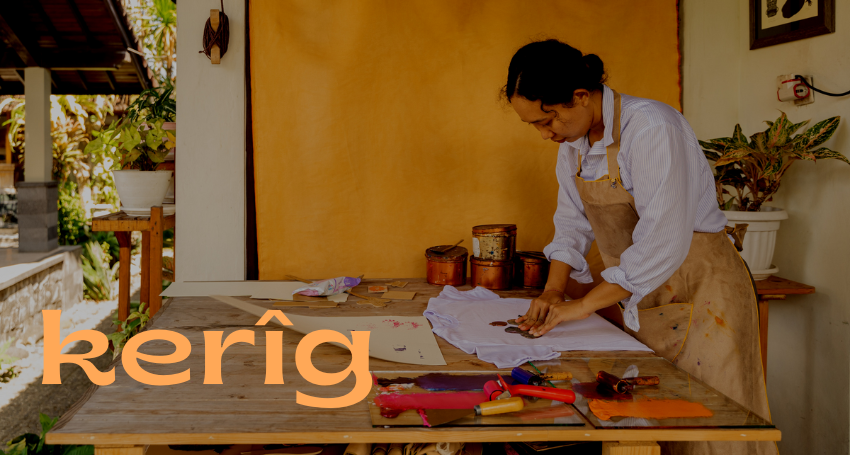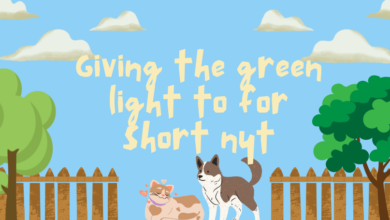
The time period “kerîg” carries deep cultural and linguistic significance, reflecting the wealthy tapestry of records, subculture, and identity in the Kurdish network. Like many phrases in indigenous and ancient languages, “kerîg” encompasses more than just an easy translation; it embodies a concept, a sense, or a piece of expertise that has been handed down through generations. This article will discover the viable meanings, cultural contexts, and importance of “kerîg” in the Kurdish tradition and past.
Etymology and Linguistic Roots
To absolutely respect “kerîg,” we have to first delve into its linguistic roots. Kurdish, an Indo-European language spoken by means of hundreds of thousands across several nations which includes Iraq, Iran, Syria, and Turkey, has more than one dialect and a wealthy vocabulary that frequently displays the environment, way of life, and social structures of its audio system. The phrase “kerîg” ought to derive from an ancient root related to feelings, movements, or social family members.
In many cultures, a single word can encapsulate various meanings, from the literal to the metaphorical. “Kerîg” is probably one such phrase, with meanings that increase from bodily actions to extra summary standards like honor, obligation, or maybe love. Understanding its etymology requires not only a linguistic analysis but also an appreciation of the oral traditions and storytelling that hold such phrases alive.
Cultural Significance
Words like “kerîg” frequently hold a mirror to the values and ideals of a society. In Kurdish subculture, that’s deeply rooted in an experience of community, resilience, and connection to the land, “kerîg” should characterize a critical cultural practice or notion. For example, it would relate to a conventional rite, a shape of social interplay, or a moral code that causes behavior inside the community.
Kurdish subculture is understood for its robust oral traditions, which includes storytelling, poetry, and track. These kinds of expressions are not simply amusement but additionally a method of maintaining records, educating the younger, and instilling values. “Kerîg” might feature prominently in such traditions, possibly as a central theme in a well-known people story or as a word that captures a selected emotion or country of being that is particularly valued within the network.

Kerîg in Daily Life
In ordinary lifestyles, “kerîg” will be a phrase that is used to specific something that is uniquely Kurdish. It might be a time period of endearment, a manner of describing a particular sort of courting, or a word used in specific social situations. For instance, it is able to be associated with hospitality, which is a cornerstone of Kurdish way of life, wherein visitors are handled with utmost admiration and generosity.
Alternatively, “kerîg” is probably used in the context of a communal pastime, including a harvest or a competition, wherein the sense of togetherness and shared purpose is paramount. In such settings, “kerîg” may encapsulate the spirit of cooperation, pleasure, and collective attempt that characterizes those activities.
Symbolism and Metaphor
Beyond its literal meaning, “kerîg” may also function as an image or metaphor within Kurdish literature and artwork. It ought to represent an idea like freedom, war, or resilience—ideas which are principal to the Kurdish enjoy. Given the Kurdish human beings’ lengthy history of resistance and their ongoing combat for reputation and autonomy, “kerîg” might be invoked in songs, poems, and testimonies as a way of expressing those topics.
For example, in a poem, “kerîg” is probably used to describe the unyielding spirit of the Kurdish humans, their connection to their homeland, or their enduring hope for a better future. In this manner, the phrase turns into more than just a part of the language; it will become a symbol of identification and pleasure.
Preservation and Evolution
As with many indigenous languages and cultures, the upkeep of phrases like “kerîg” is important for maintaining a connection to the past and ensuring that the cultural background is exceeded directly to destiny generations. In recent years, there was a developing motion within the Kurdish community to file and preserve their language, traditions, and records, especially within the face of outside pressures that threaten their survival.
“Kerîg” might be one of the phrases that cultural preservationists focus on, recognizing its importance as a service of cultural information and identity. Efforts to report oral histories, create dictionaries, and sell the usage of Kurdish in education and media are all methods wherein the phrase “kerîg” and others like it can be safeguarded for destiny.
At the equal time, as languages evolve and adapt to changing situations, the meaning and usage of “kerîg” may shift. New generations would possibly use the word in exclusive ways, incorporating it into contemporary contexts or imbuing it with new connotations. This dynamic method ensures that the language stays colorful and applicable, whilst nevertheless retaining its deep connections to the past.
Conclusion:
“Kerîg” is extra than only a phrase; it’s a window into the soul of a tradition, a reflection of the values, experiences, and emotions that define a people. Whether it’s far used in everyday verbal exchange, celebrated in poetry, or preserved in cultural reminiscence, “kerîg” serves as a reminder of the richness and complexity of the Kurdish language and the resilience of the Kurdish humans.
As we explore and document phrases like “kerîg,” we advantage not handiest a deeper understanding of the Kurdish subculture but additionally an appreciation for the methods in which language shapes our know-how of the arena. In a globalized international wherein many indigenous languages and cultures are at threat, the maintenance of such words will become an act of cultural resistance and a testament to the iconic energy of language.
In the stop, “kerîg” stands as an image of the Kurdish human beings’s unbreakable connection to their language, their land, and their heritage—a connection that keeps encouraging and preserving them, era after generation.



